

Finding a reliable China plasterboard to plasterboard screws supplier can be challenging. This guide provides in-depth information on selecting the right screws, understanding different types, and sourcing quality products from reputable suppliers. We'll cover everything from screw specifications to best practices for installation, helping you make informed decisions and achieve optimal results.Understanding Plasterboard Screws: Key ConsiderationsWhen it comes to fixing plasterboard, choosing the right screws is crucial for a secure and long-lasting finish. Here's what you need to consider:Screw Types and Their ApplicationsDifferent plasterboard applications require different types of screws. Here's a breakdown of the most common types: Self-tapping Screws: These screws create their own thread as they are driven into the material, making them ideal for quick and easy installation. Self-drilling Screws: Equipped with a drill-bit tip, these screws can penetrate both plasterboard and metal studs without pre-drilling. Drywall Screws: Specifically designed for plasterboard, these screws have a bugle head that allows them to sit flush with the surface without tearing the paper.Screw Length and GaugeThe length and gauge of the screw are determined by the thickness of the plasterboard and the type of framework being used. A general rule of thumb is to use screws that penetrate at least half the thickness of the framework material. Common lengths range from 25mm to 75mm. A higher gauge number indicates a thinner screw, so choose a gauge appropriate for the load-bearing requirements. Always consult with a structural engineer or building code for specific requirements.Head TypesThe head of the screw plays a critical role in the finished appearance. Common head types include: Bugle Head: Provides a flush finish without tearing the paper of the plasterboard. This is the most common type for drywall applications. Countersunk Head: Allows the screw to sit flush with the surface, but requires pre-drilling in some applications to prevent damage to the plasterboard.Sourcing China Plasterboard to Plasterboard Screws: Finding the Right SupplierFinding a reliable China plasterboard to plasterboard screws supplier involves careful research and due diligence. Here are some key factors to consider:Supplier Reputation and ExperienceChoose suppliers with a proven track record of delivering high-quality products and excellent customer service. Look for suppliers with certifications such as ISO 9001, which demonstrates a commitment to quality management. A supplier like Hebei Muyi Import&Export Trading Co.,Ltd, with years of experience in the industry, can offer valuable expertise and reliable products.Product Quality and CertificationsEnsure that the screws meet relevant industry standards and certifications, such as CE marking or ASTM standards. Request samples to test the screws' strength, durability, and corrosion resistance. Always verify the authenticity of any claimed certifications.Pricing and Minimum Order QuantitiesCompare pricing from different suppliers to ensure you are getting a competitive rate. Be aware of minimum order quantities (MOQs), which can vary significantly between suppliers. Factor in shipping costs and lead times when making your decision.Communication and Customer SupportEffective communication is essential for a successful business relationship. Choose a supplier that responds promptly to your inquiries and provides excellent customer support throughout the ordering and delivery process. Types of Plasterboard Screws Offered by China Plasterboard to Plasterboard Screws SuppliersHere's a closer look at different types of plasterboard screws you might encounter from a China plasterboard to plasterboard screws supplier: Phosphate Coated Screws: These offer good corrosion resistance and are suitable for general-purpose applications. Zinc Plated Screws: Provide excellent corrosion resistance and are often used in damp or humid environments. Stainless Steel Screws: Offer the highest level of corrosion resistance and are ideal for marine or coastal applications.Installation Best Practices: Maximizing the Performance of Your ScrewsProper installation is essential for ensuring the effectiveness of your plasterboard to plasterboard screws. Here are some key best practices:Screw Spacing and PlacementFollow the manufacturer's recommendations for screw spacing. Typically, screws should be spaced 150mm to 200mm apart along the edges of the plasterboard and 200mm to 300mm apart in the field. Ensure screws are driven straight and at a consistent depth to avoid damaging the plasterboard.Pre-Drilling (If Necessary)While self-drilling screws are designed to penetrate without pre-drilling, pre-drilling may be necessary when working with harder materials or when using screws with blunt tips. Use a drill bit that is slightly smaller than the diameter of the screw.Avoiding Over-TighteningOver-tightening screws can damage the plasterboard and reduce their holding power. Use a screw gun with an adjustable clutch to prevent over-driving the screws. The screw head should be slightly recessed below the surface of the plasterboard without tearing the paper.Troubleshooting Common Issues with Plasterboard to Plasterboard ScrewsEven with careful planning and execution, you may encounter some common issues when working with plasterboard to plasterboard screws. Here are some tips for troubleshooting: Screws Stripping: This can occur if the screw is over-tightened or if the hole is too large. Try using a longer or thicker screw, or use a screw anchor for added holding power. Screws Not Penetrating: This can occur if the screw is too short or if the material is too hard. Try using a longer screw or pre-drilling a pilot hole. Screws Breaking: This can occur if the screw is of poor quality or if it is being subjected to excessive stress. Try using a higher-quality screw or reducing the load on the connection.Comparative Analysis of Common Plasterboard Screw Sizes (Example)This table provides a comparison of common plasterboard screw sizes and their typical applications. Please note that these are general guidelines and specific requirements may vary depending on the project. Screw Size (Diameter x Length) Typical Application Advantages Disadvantages 3.5mm x 25mm Single layer plasterboard to timber studs Sufficient length for good hold, minimal risk of protruding through thinner timber. May not be long enough for thicker plasterboard or metal studs. 3.5mm x 35mm Single layer plasterboard to metal studs, or thicker plasterboard to timber. Versatile length for various applications, good penetration. Potential for protruding through thinner materials if over-tightened. 3.5mm x 45mm Double layer plasterboard to timber or metal studs. Longer length provides superior hold in multi-layered applications. Increased risk of protruding through thinner materials. Conclusion: Making Informed DecisionsChoosing the right China plasterboard to plasterboard screws and supplier requires careful consideration of your specific needs and project requirements. By understanding the different types of screws available, sourcing from reputable suppliers like Hebei Muyi Import&Export Trading Co.,Ltd, and following best practices for installation, you can ensure a secure and long-lasting finish.
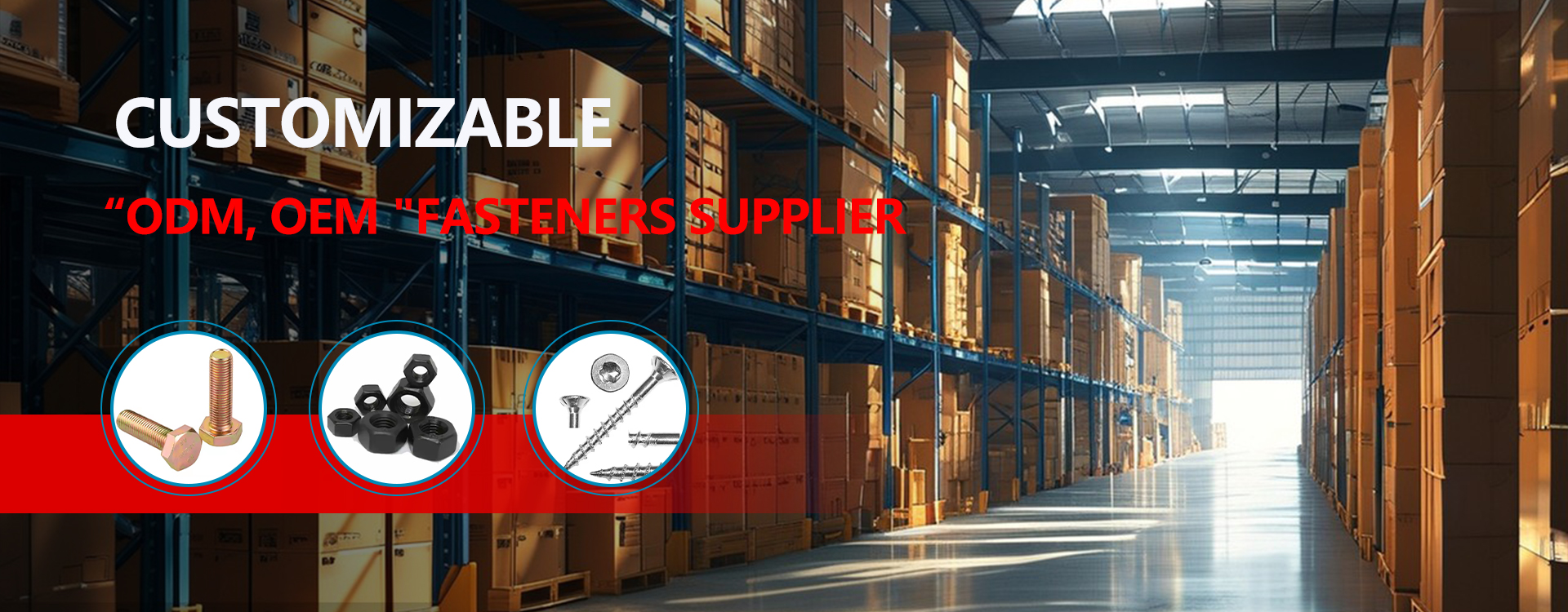
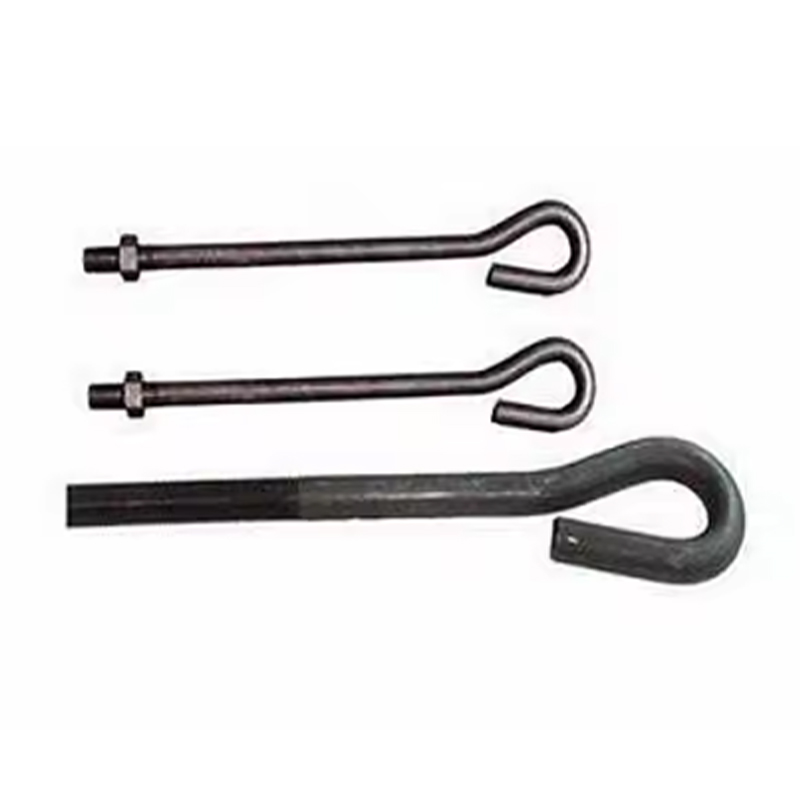
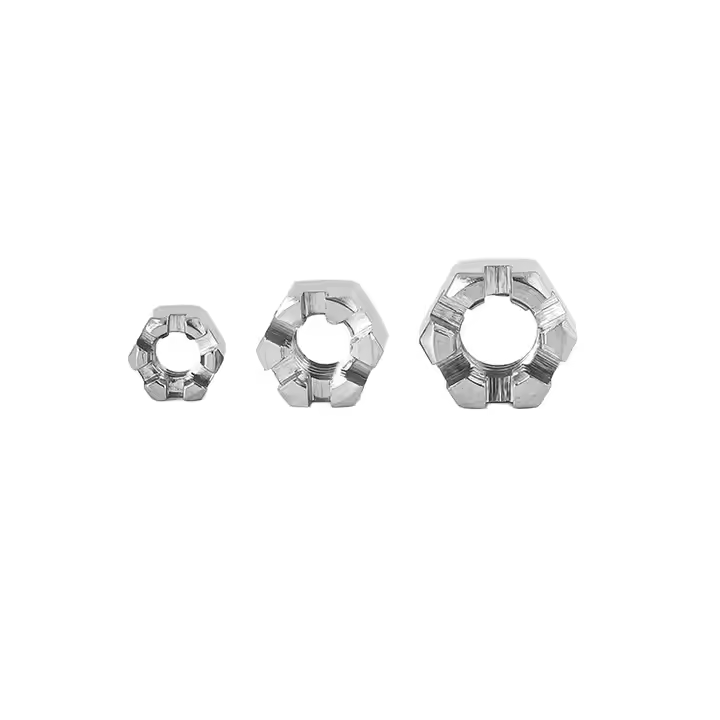

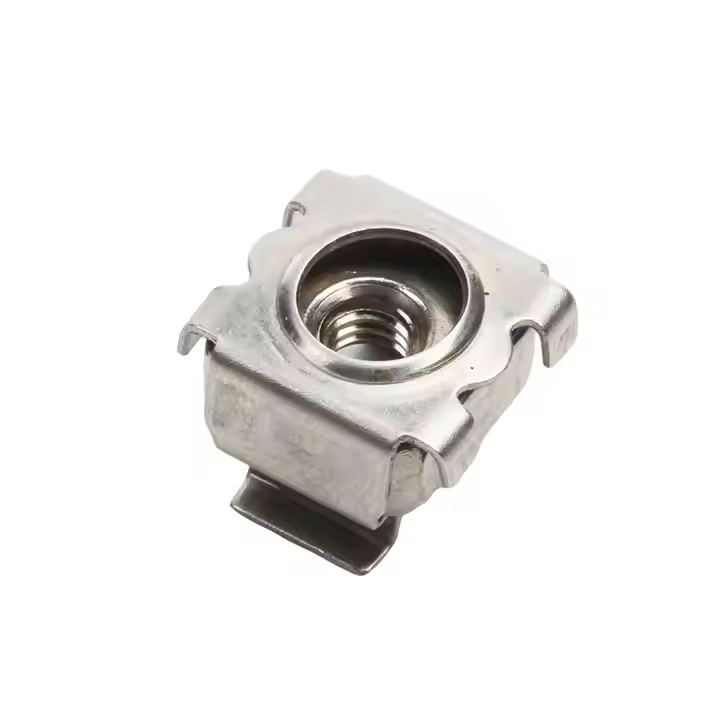


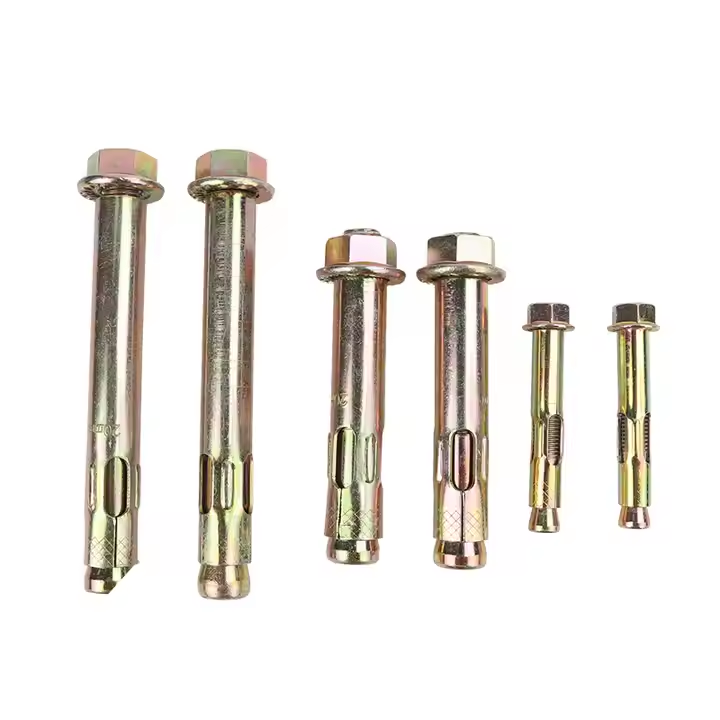
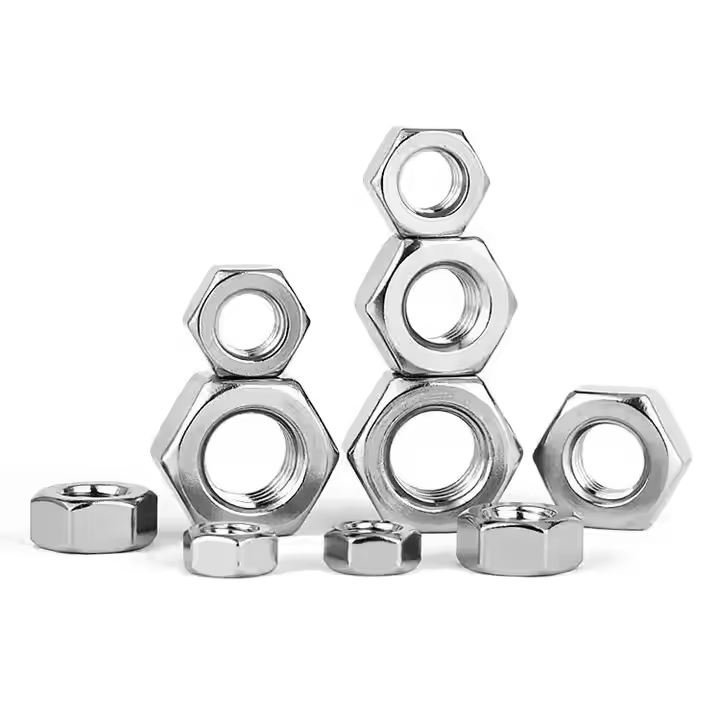
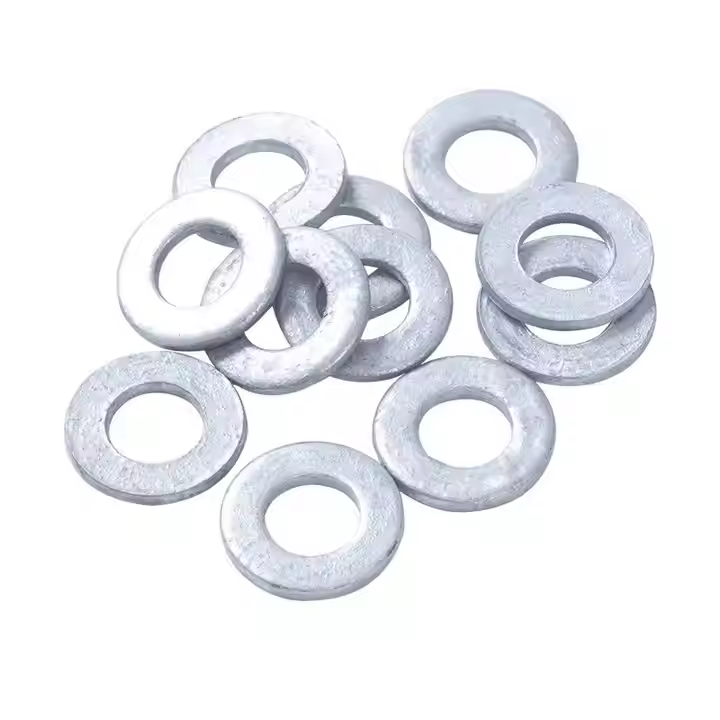
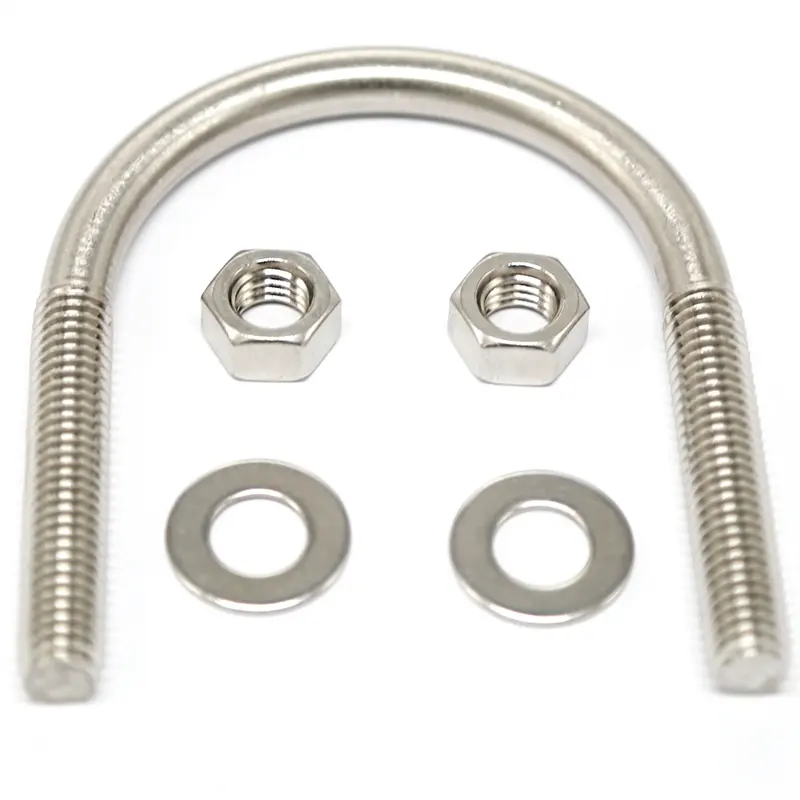
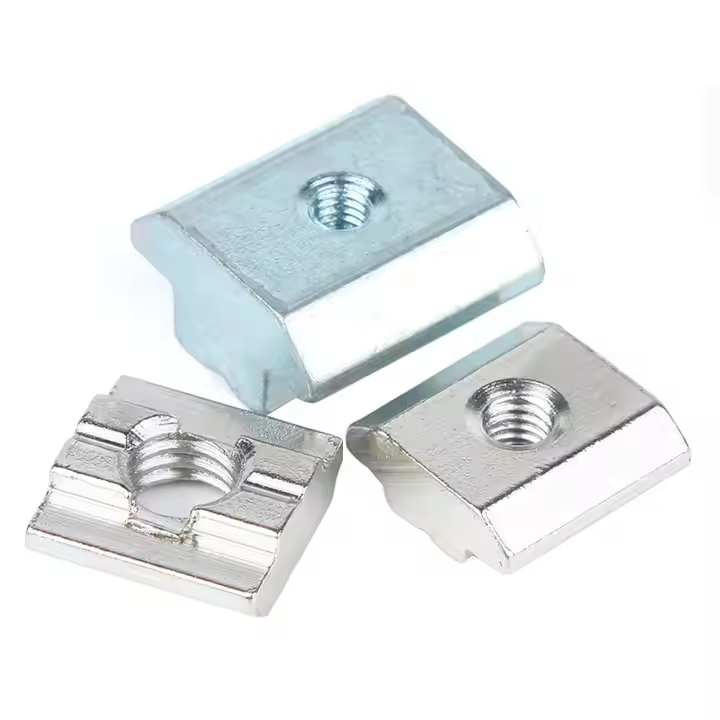

Please enter your email address and we will reply to your email.